As Japan shifts toward a more moderate military approach after decades of pacifism, Tokyo worries that the Philippines is a weak link in the island chain stretching from the Japanese archipelago to Indonesia that ships must pass through to enter and exit the Pacific.
One of Japan’s top concerns is the prospect of conflict in the Taiwan Strait and its wider spread across the region. Japanese Prime Minister Fumio Kishida has even warned that today’s Ukraine could be tomorrow’s East Asia.
Fixing the defense hole
To help address that problem, Tokyo said in April it would provide military aid to like-minded countries, including radars. Japanese officials say the effort will help countries like the Philippines plug gaps in their defenses.
“Providing radar to the Philippines is very useful because it means we can share information about the Bashi Channel,” retired Japanese admiral Katsutoshi Kawano told Reuters, referring to the body of water separating the Philippines and Taiwan, which is considered a choke point for ships traveling between the Western Pacific and the South China Sea.
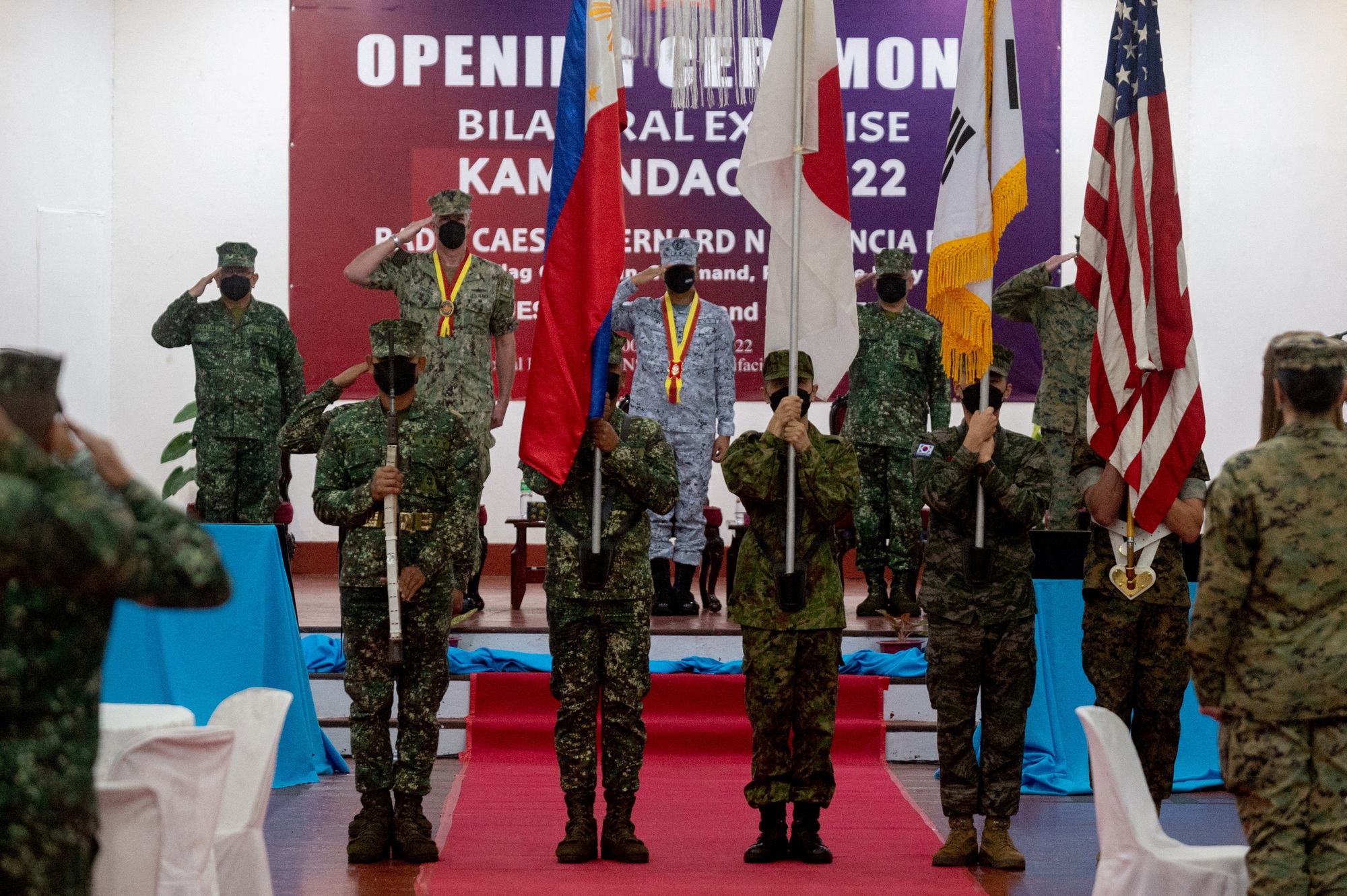
Forces from the Philippines, Japan, South Korea and the United States during the opening ceremony of the joint Kamadag exercise in the Philippines on October 3, 2022.
Three Japanese government officials involved in planning the national security strategy told Reuters that the United States was advising Japan on what to provide because of its close military ties with the Philippines. However, one official said the aid effort was Tokyo’s initiative and not something Washington had pushed. The Japanese officials declined to be identified because of the sensitivity of the issue.
"We are in the process of selecting equipment that can be used for maritime surveillance and maritime security. We do not yet know exactly what equipment it will be," a Japanese Foreign Ministry spokesman said.
The Philippine Department of Foreign Affairs said it could not immediately comment on security aid from Japan or the stationing of Japanese forces in the Philippines.
US National Security Adviser Jake Sullivan met with his counterparts from Japan and the Philippines in Tokyo on June 16. This was the first in a series of regular meetings between them to discuss security cooperation.
The three "discussed a range of regional security challenges, including the South China Sea and East China Sea, as well as the DPRK. In addition, they reiterated the importance of peace and stability in the Taiwan Strait," a joint statement said.
Strong signals
Japan’s military aid is limited by a self-imposed ban on the export of lethal weapons. Prime Minister Kishida pledged to review those rules last December when he announced a military buildup that would double Japan’s defense spending within five years.
Kawano, who served as chief of staff of Japan's Self-Defense Forces (SDF), said Tokyo's military aid to Manila "will gradually expand and I hope that it will change to include lethal weapons" such as anti-ship missiles.
Kawano and other government officials told Reuters that the Philippines could grant Japan access to its military bases, as it does with the United States, allowing SDF aircraft to patrol the South China Sea. Japan could monitor waters east of Taiwan from Yonaguni Island, about 100 km away.
During a meeting in Tokyo in February, Philippine President Ferdinand Marcos Jr. and Prime Minister Kishida agreed that the two countries’ forces would cooperate on disaster relief. Kishida also pledged to Marcos 600 billion yen in development aid and private investment.
Last December, Japanese fighter jets landed in the Philippines for the first time and a series of high-level military meetings took place. In March, Japan participated as an observer in a joint US-Philippine military exercise, and this month the coast guards of the three countries conducted their first joint training.
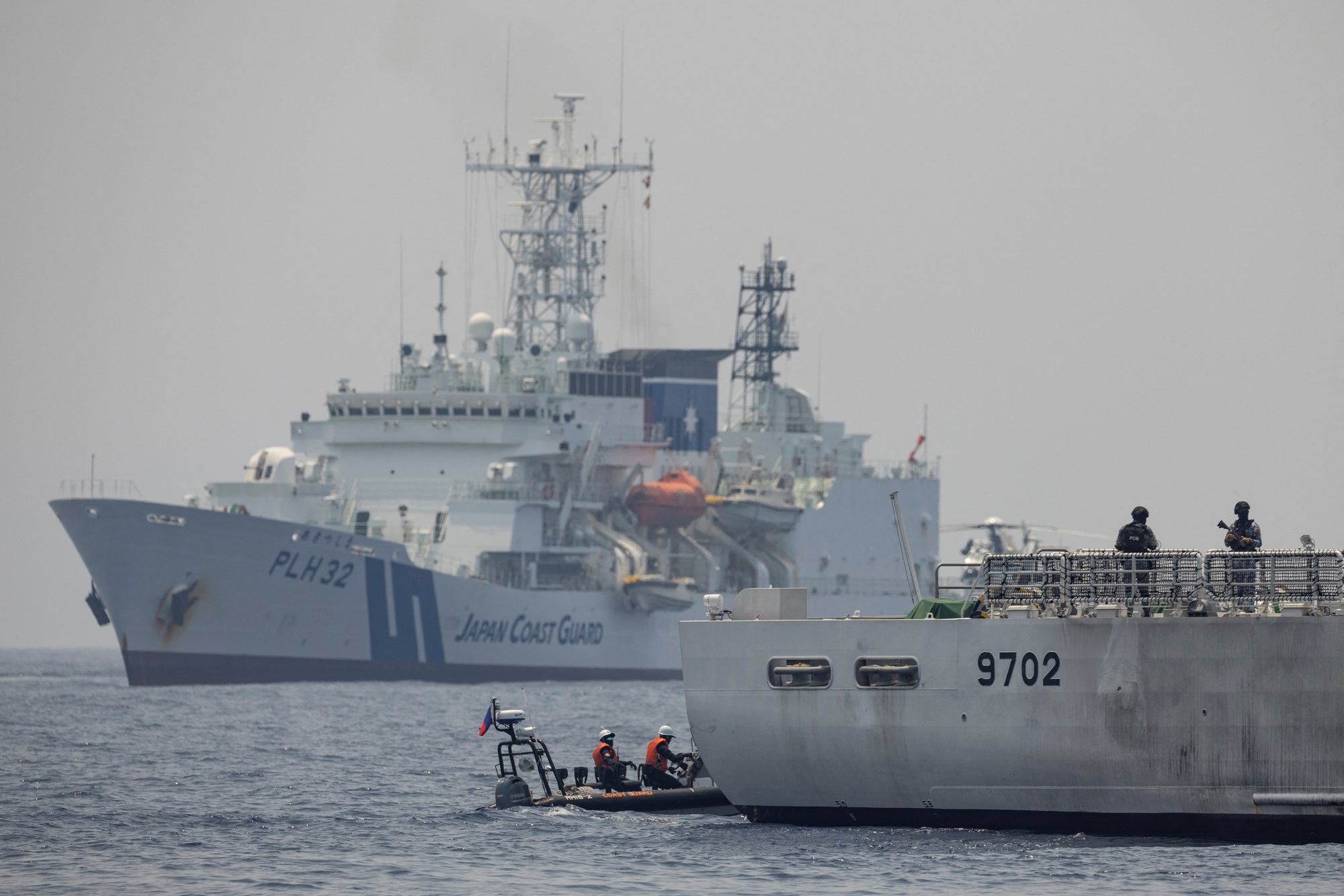
Philippine Coast Guard ship BRP Melchora Aquino (MRRV-9702) and Japan Coast Guard ship Akitsushima (PLH-32) during a joint exercise with the US Coast Guard in the South China Sea on June 6.
Experts say all of this could be a precursor to a reciprocal access agreement (RAA), which would allow the two countries to deploy forces on each other's territory. Tokyo has RAAs with Britain and Australia, and if Manila were to accept such an agreement, it could be signed within a year, according to one of the three Japanese government officials.
"Since the change of government, the Philippines has been sending very positive signals, and that suggests that the two sides may reach an agreement quickly," said Yusuke Ishihara, a senior researcher at the National Institute for Defense Studies in Japan. However, he said Japan and the United States are cautious in their trilateral talks with the Philippines.
“Their relationship with China is very sensitive. The trick will be to make the Philippines comfortable by discussing economic issues or economic security as well instead of just defense,” Mr. Ishihara commented.
Source link








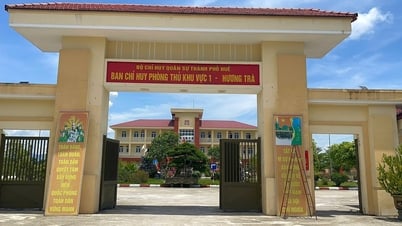

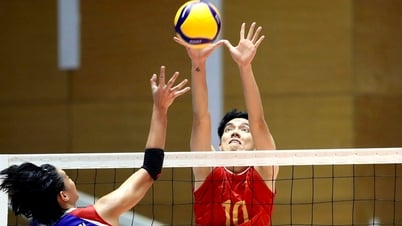



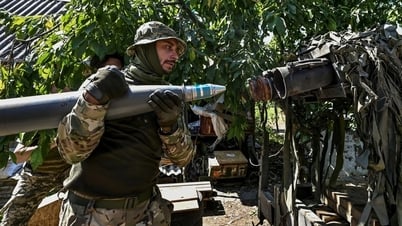

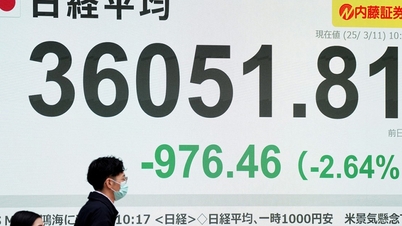
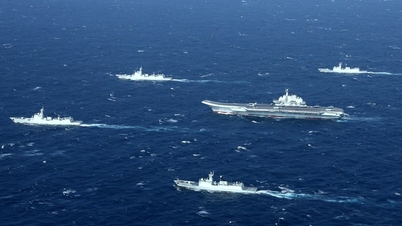
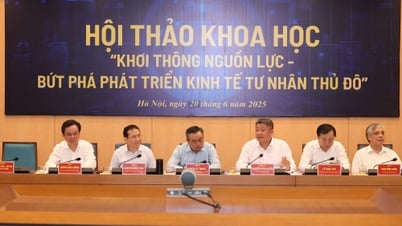


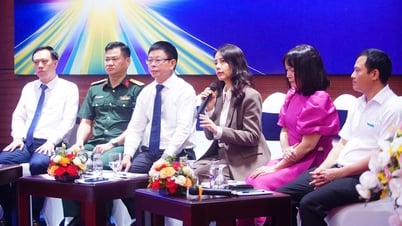
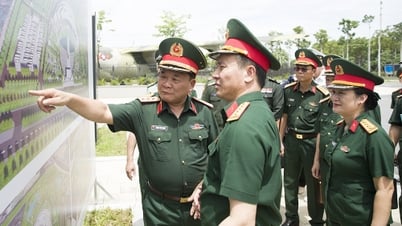







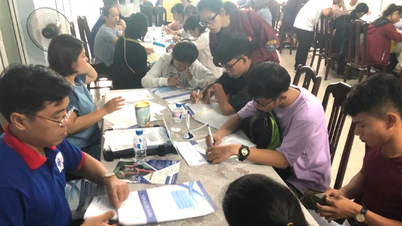

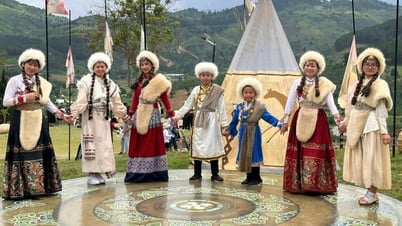
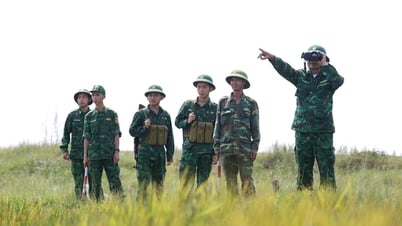
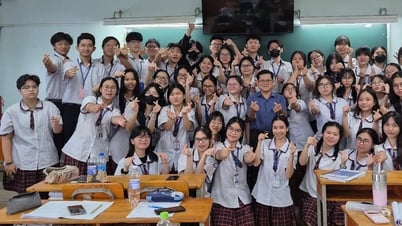

![[Photo] Overcoming the heat, practicing to prepare for the parade](https://vphoto.vietnam.vn/thumb/1200x675/vietnam/resource/IMAGE/2025/6/21/b93392e8da8243b8a32040d19590e048)


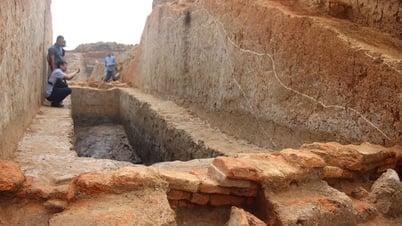




















![[Maritime News] Wan Hai Lines invests $150 million to buy 48,000 containers](https://vphoto.vietnam.vn/thumb/402x226/vietnam/resource/IMAGE/2025/6/20/c945a62aff624b4bb5c25e67e9bcc1cb)














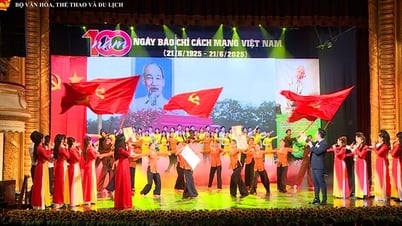



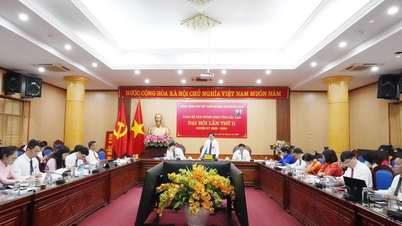

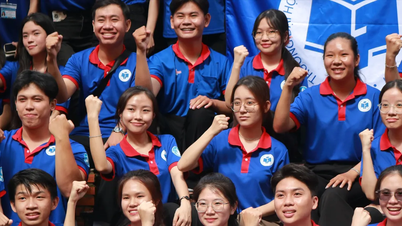


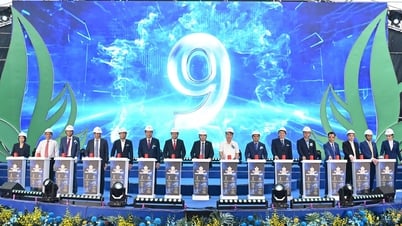

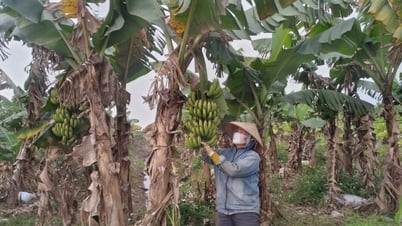

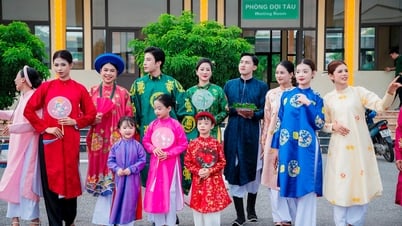














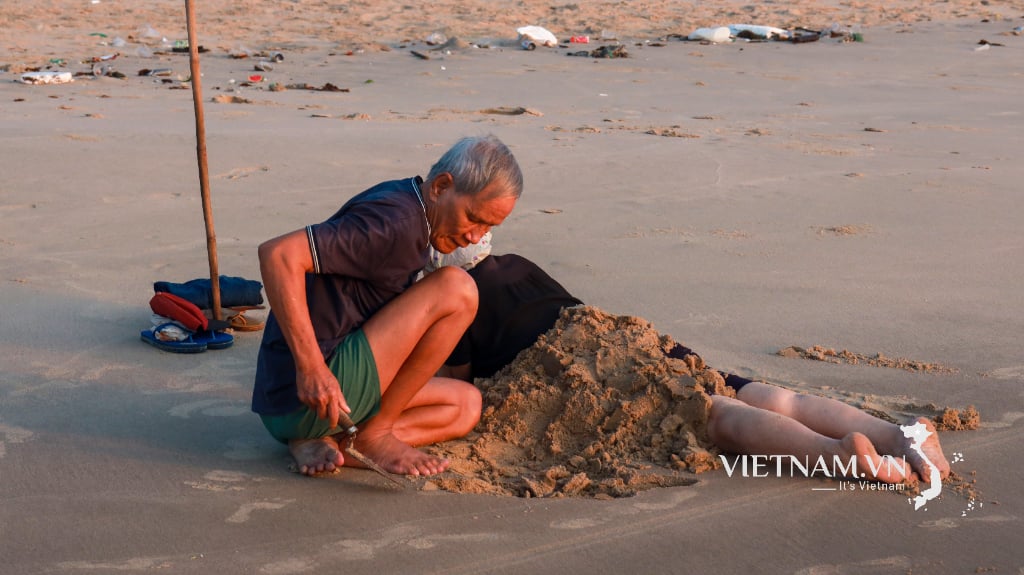
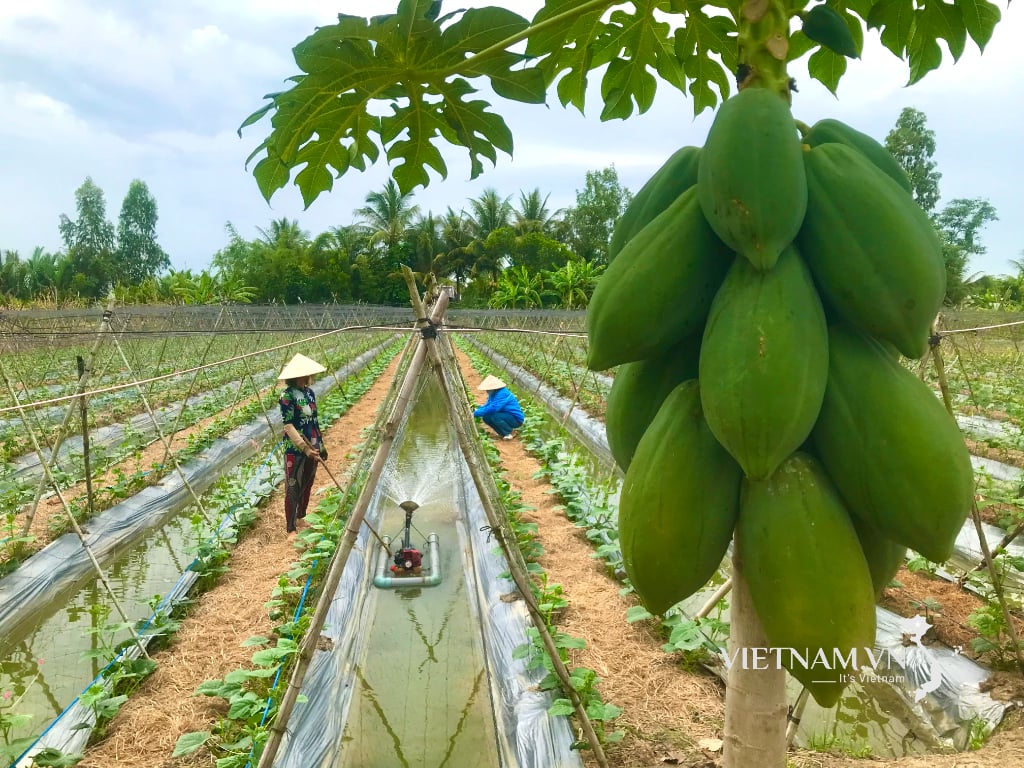
Comment (0)